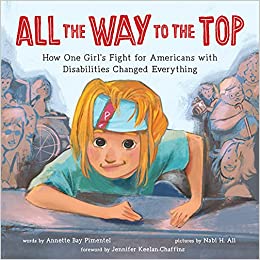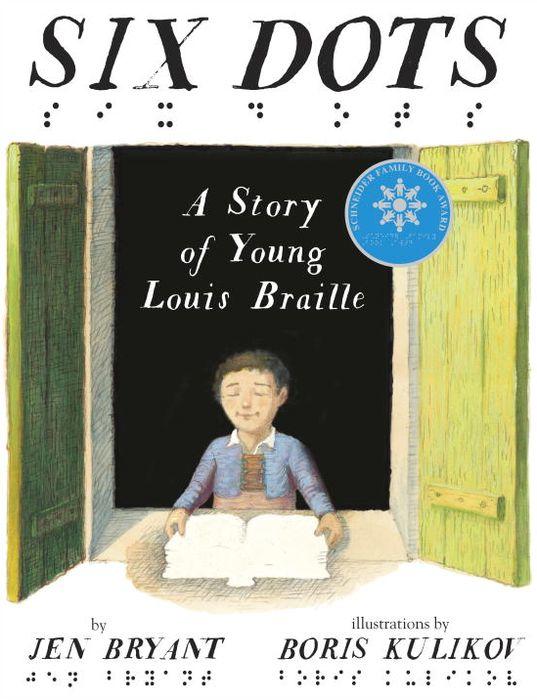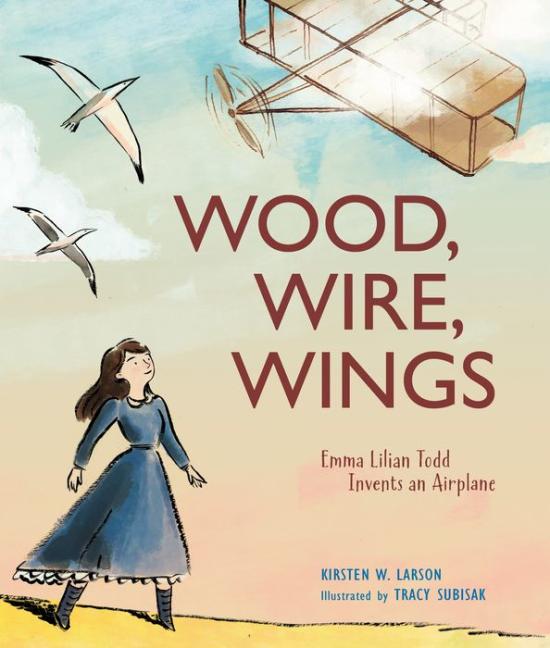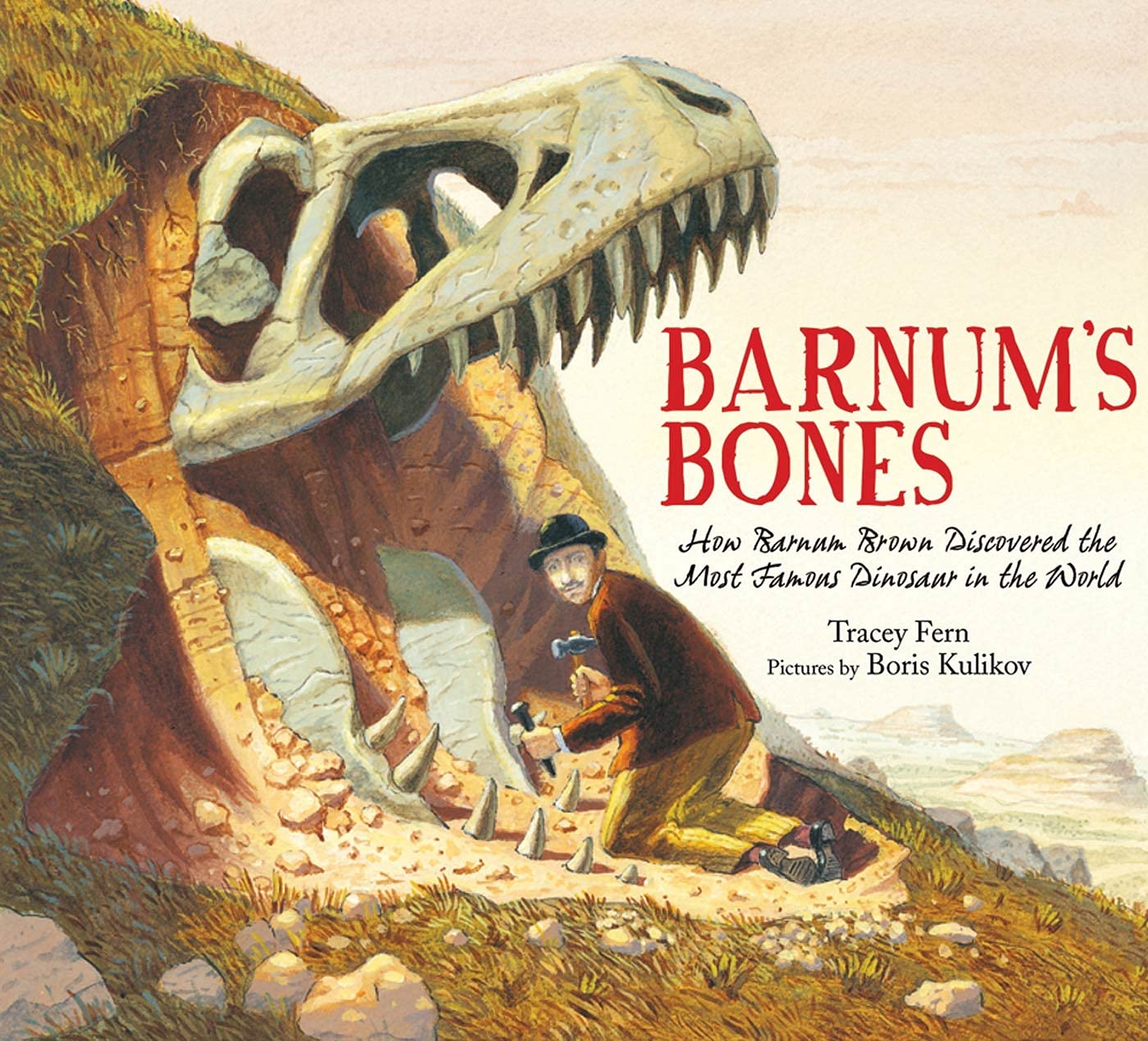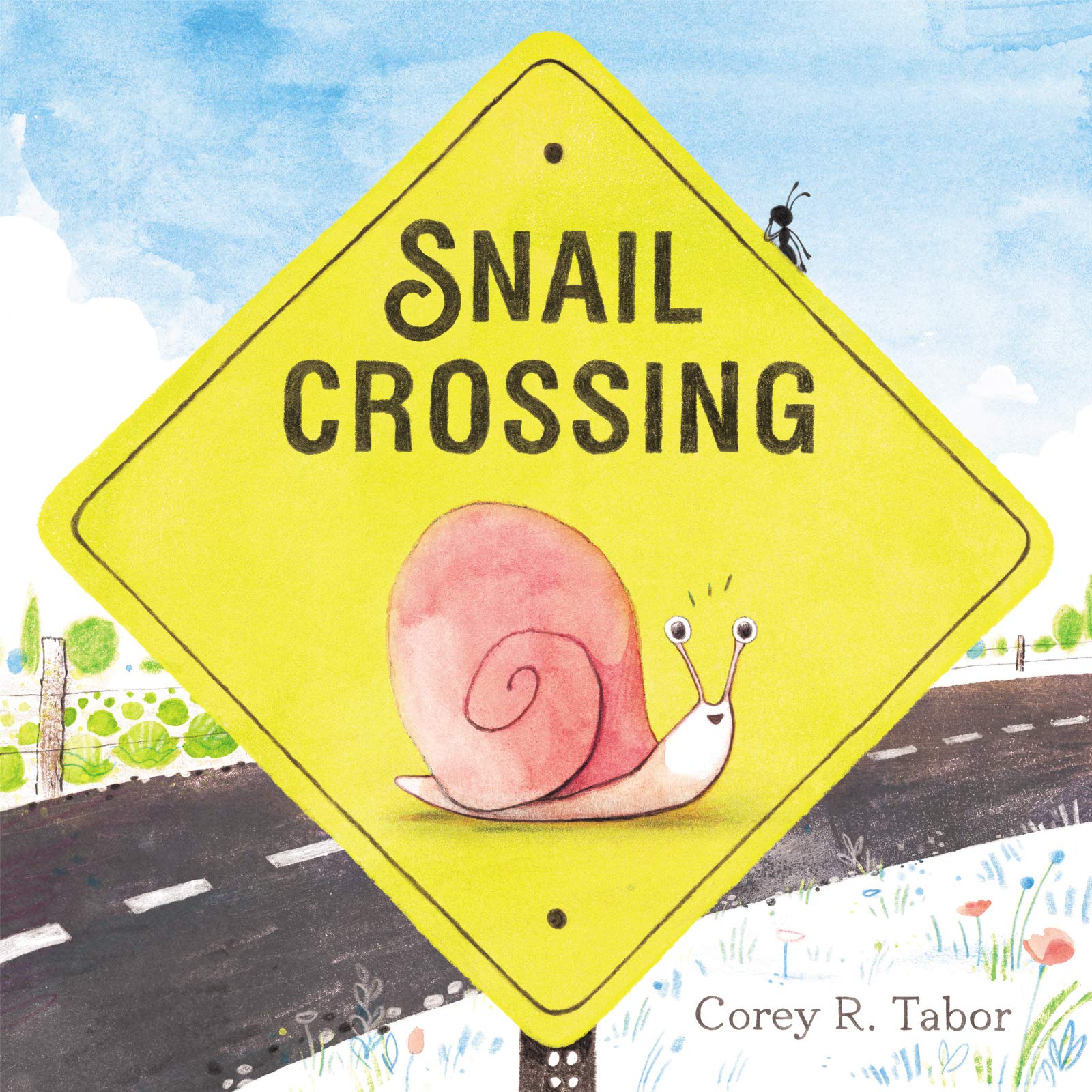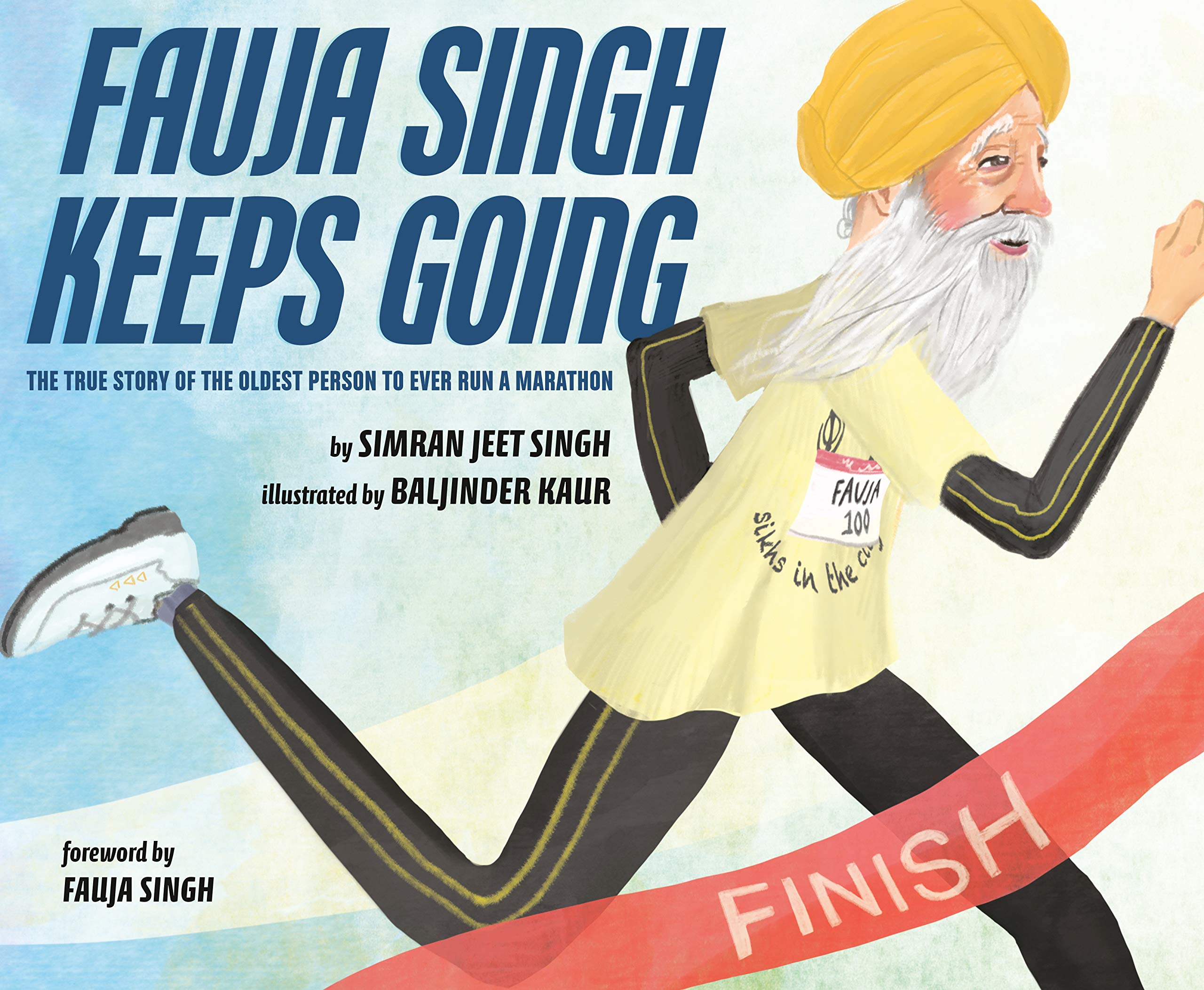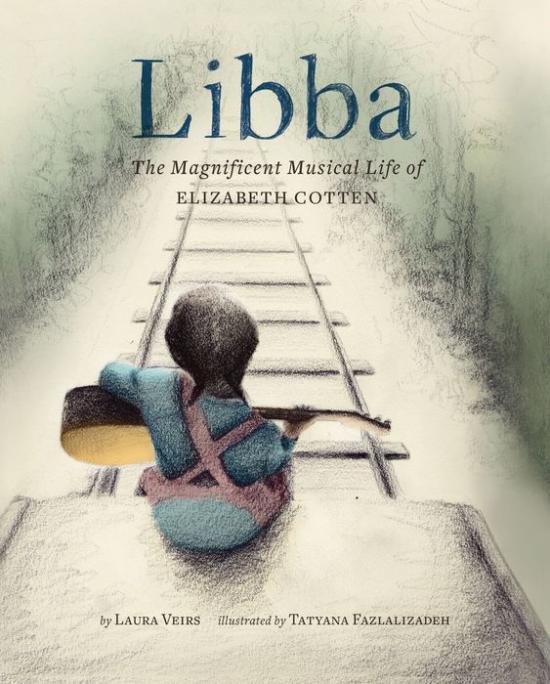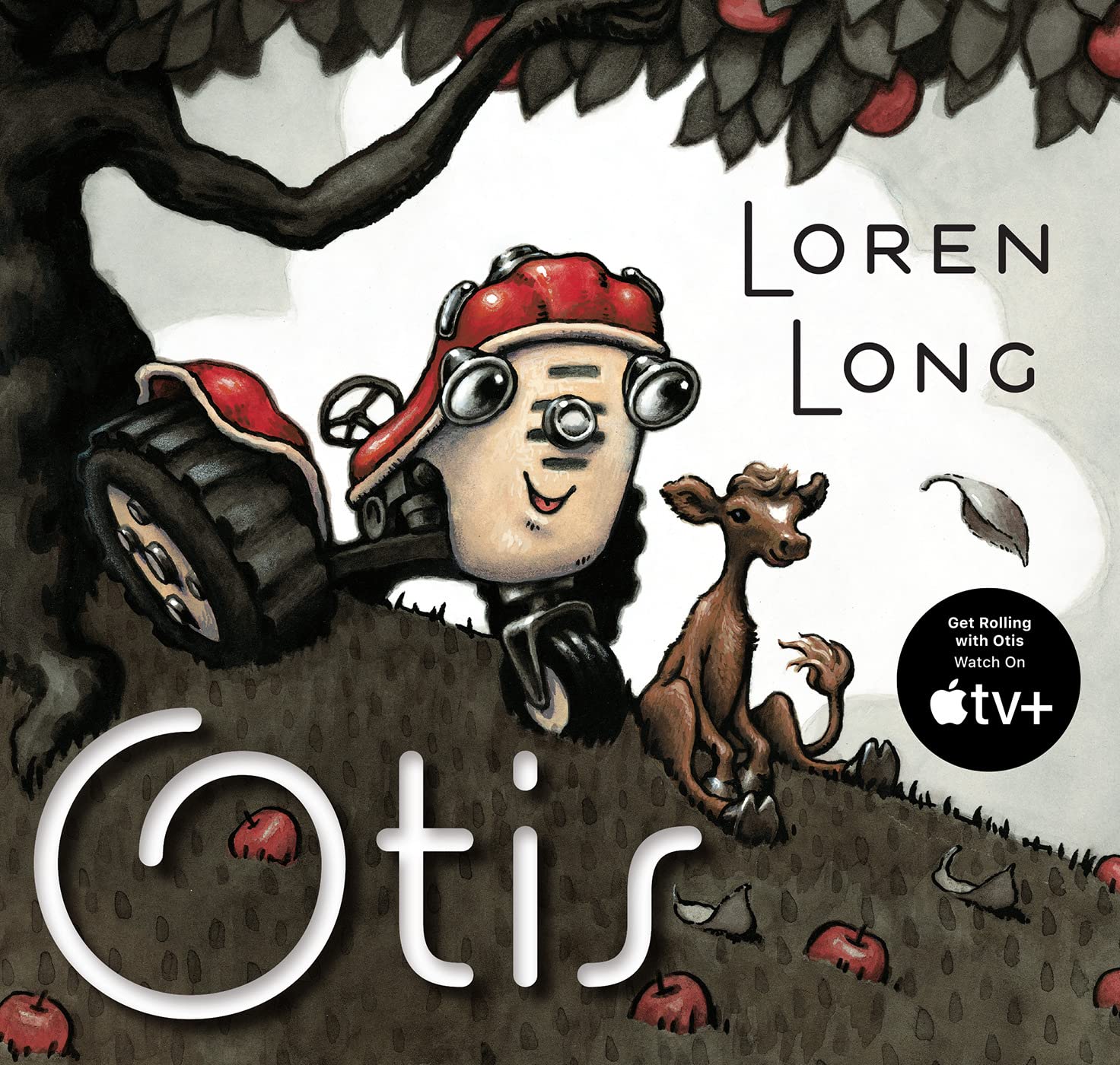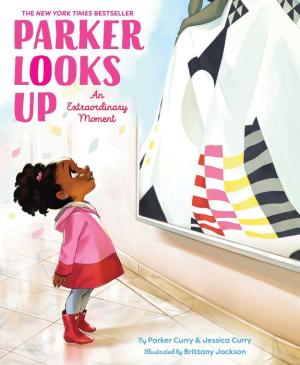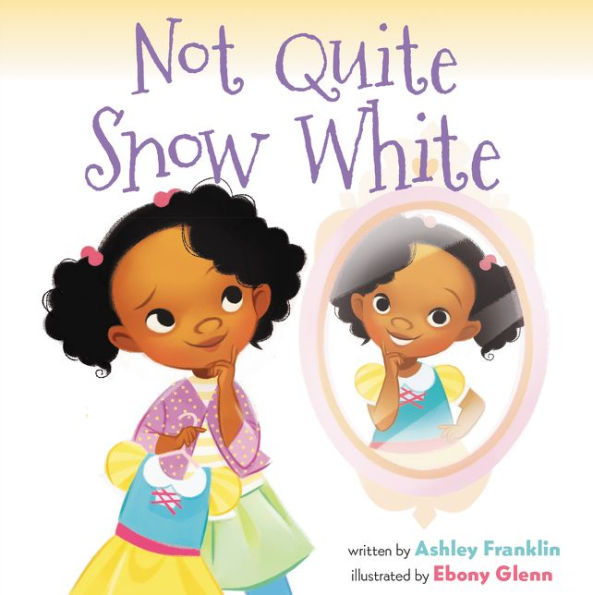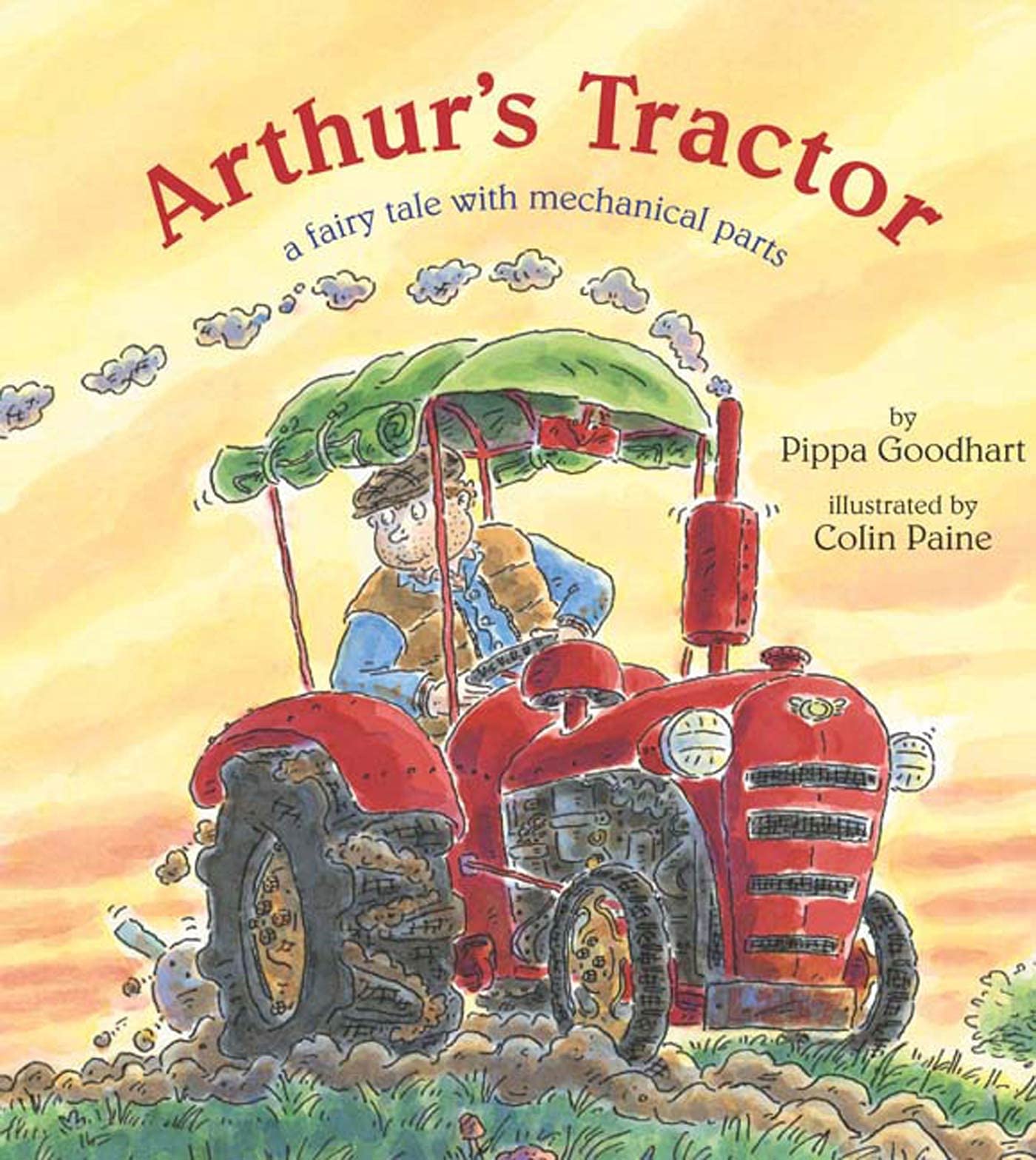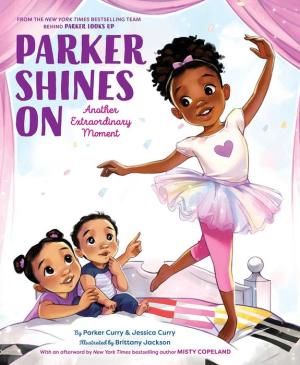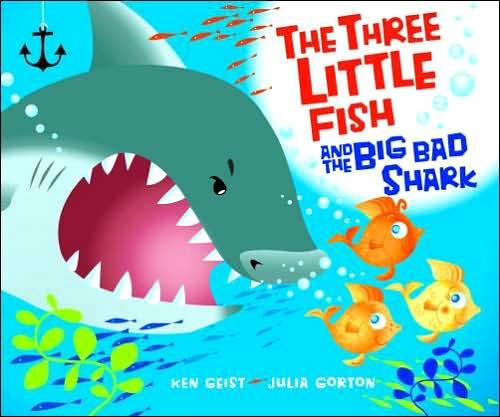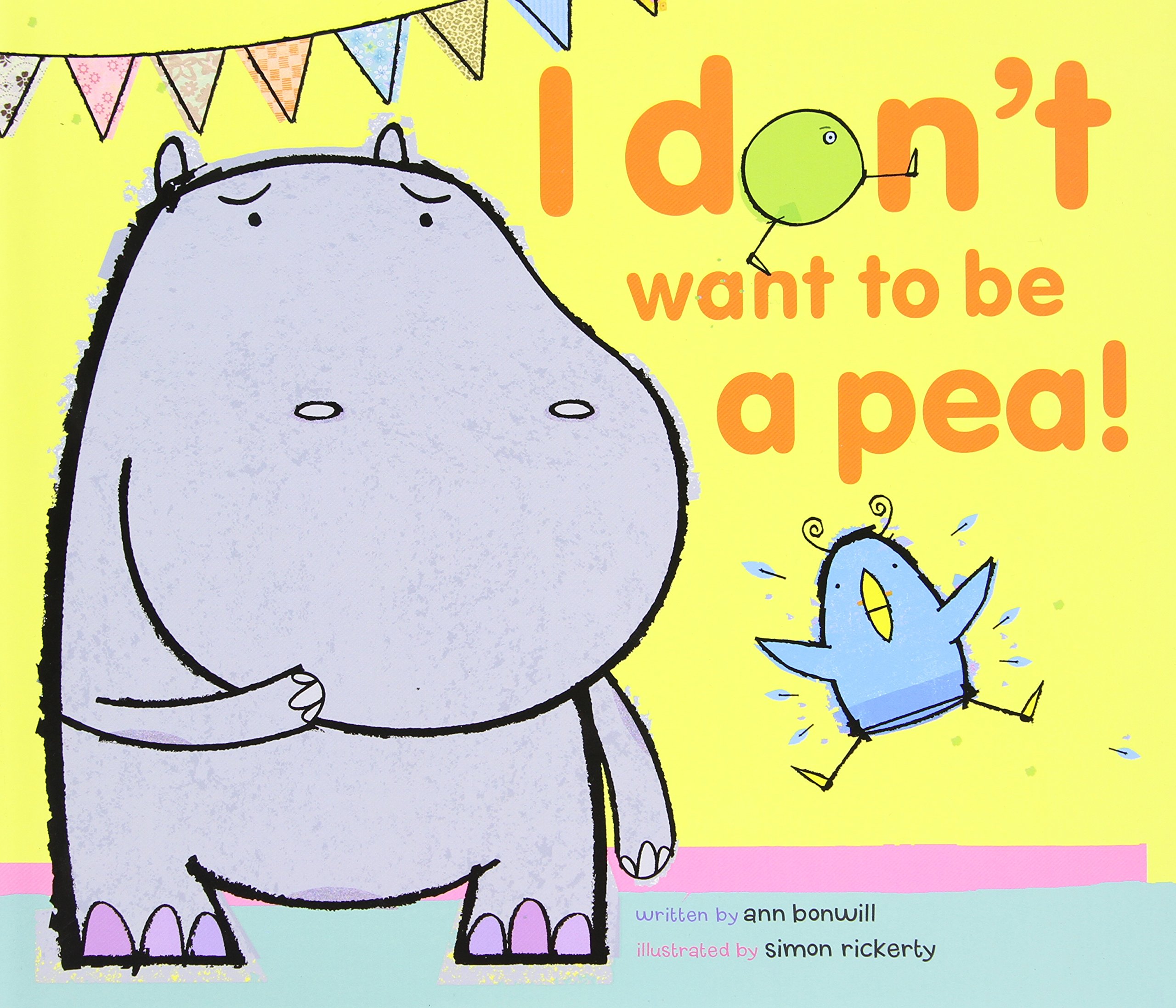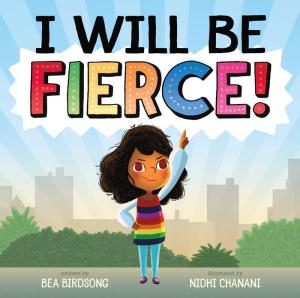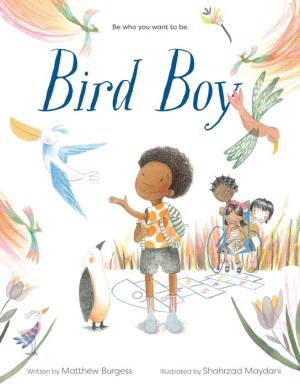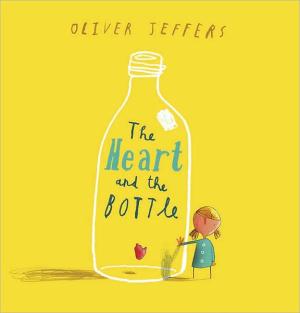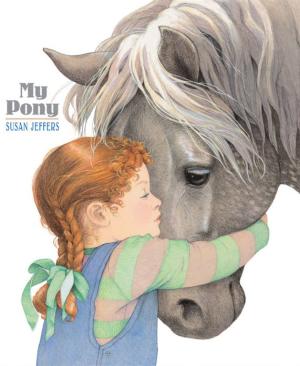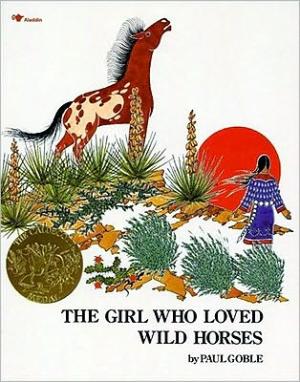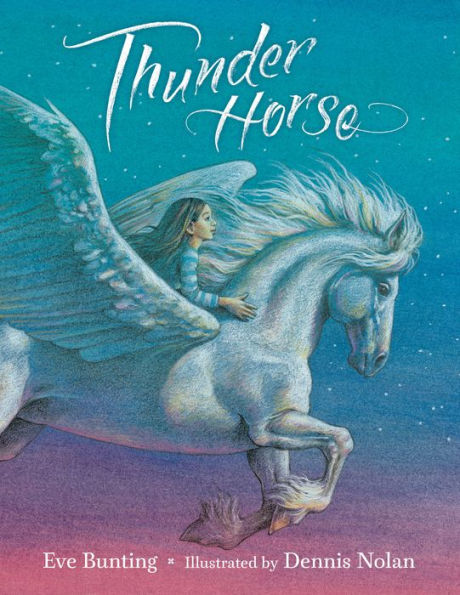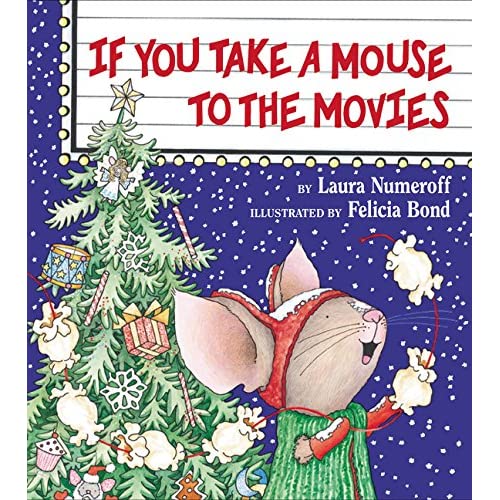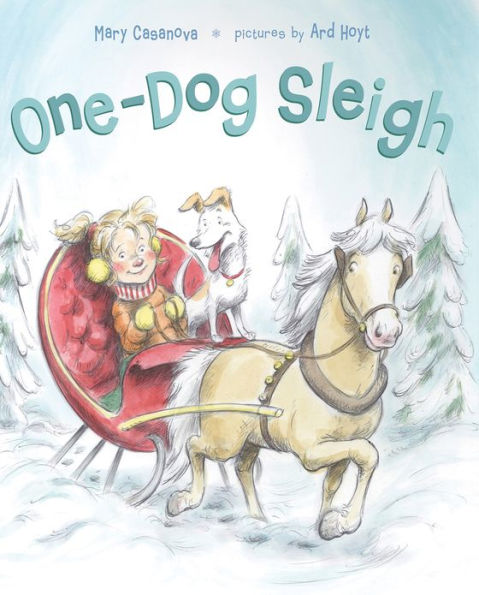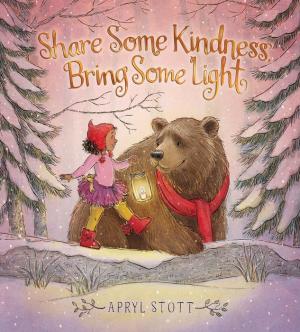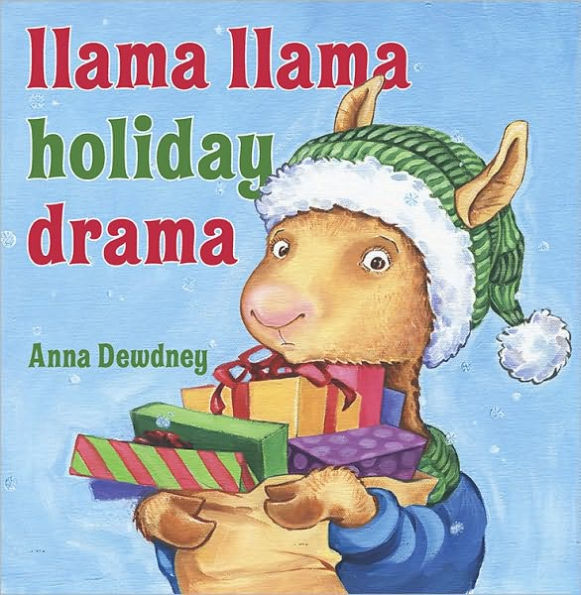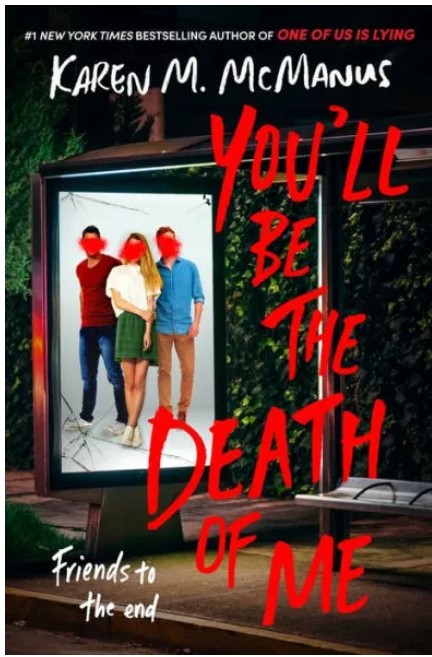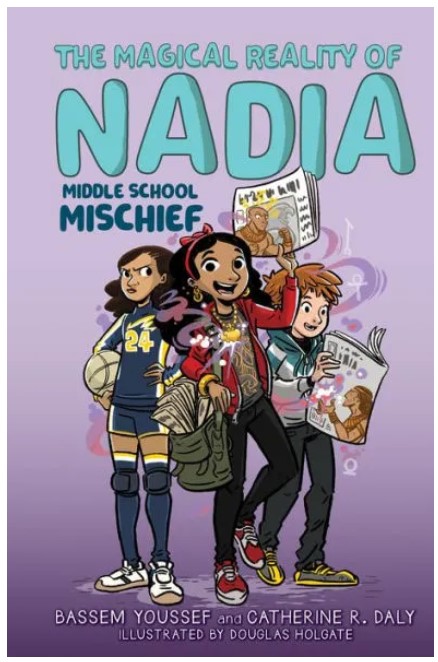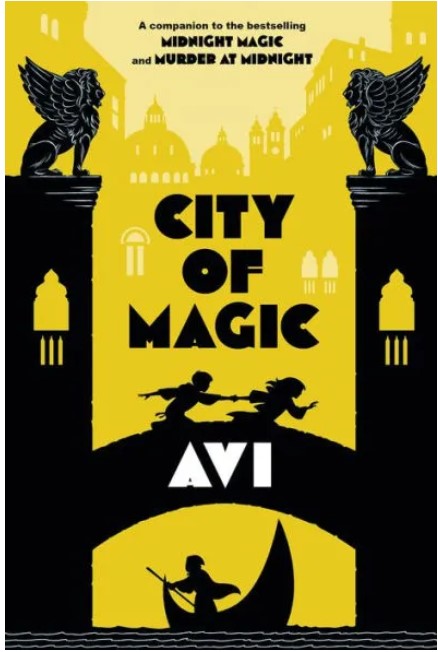Jennifer Keelan-Chaffins never wanted her wheelchair to slow her down, but the world around her was built in a way that made it hard for people to do even simple things like go to school or eat lunch in the cafeteria. This is the true story of a little girl who just wanted to go, even when others tried to stop her.
When the Americans with Disabilities Act (ADA) was proposed, requesting that Congress make public spaces accessible to everyone, Jennifer joined activists in Washington, D.C. for what became known as the Capitol Crawl. To bring attention to the dilemma, Jennifer and others crawled all the way to the top of the Capitol Building,
All the Way to the Top begins by exploring the discrimination Jennifer was faced with because she was in a wheelchair and how this led her to participate in organized protests. A major portion of the book focuses on the protests Jennifer attended, the goals of the protests, and the reasons Congress was against the ADA. Even though All the Way to the Top is a picture book, it covers complicated topics like the ADA, activism, and the role of Congress.
The picture book’s illustrations focus on Jennifer whose facial expressions clearly show a range of emotions from joy to determination to sadness. Some of the pictures show large groups of people protesting. In these illustrations, the protesters are not clearly defined and are one color which allows the focal point to stay on Jennifer. Each page contains 2 to 6 sentences; however, the complex sentence structure makes some of the pages appear text-heavy. Even though All the Way to the Top is a picture book, the story is intended to be read aloud to a child, rather than for the child to read it for the first time independently.
Jennifer is an admirable person, who was determined to show people how passing the ADA would help people with disabilities. However, the story acknowledges that “laws like the ADA don’t change things overnight. Entrances have to be rebuilt, sidewalks redesigned, and buses reengineered. Slowest of all, minds have to change.” The book ends with three pages that explore the topic in more detail, a timeline that shows the milestones of the disability rights movement, and a picture of Jennifer climbing the steps of the Capitol.
All the Way to the Top shows how one person can make a positive impact on the world. All the Way to the Top is an excellent book to use in an educational situation, for research, or as a conversation starter. Plus, Jennifer’s story highlights the importance of dedication and giving voice to a cause. All the Way to the Top received the Schneider Family Book Award which honors an author or illustrator for a book that embodies an artistic expression of the disability experience for child and adolescent audiences. Readers who want to read another biographical picture book that shows how one person overcame a disability should read The Girl Who Thought in Pictures by Julia Finley Mosca.
Sexual Content
- None
Violence
- None
Drugs and Alcohol
- None
Language
- None
Supernatural
- None
Spiritual Content
- None
